There can be your advertisement
300x150
Soviet Furniture on 'Avito': How to Tell Treasure from Junk
Expert tip: Buy what you truly like and are ready to use in your home
"Earlier it was called just second hand furniture, and now it's called vintage," laughs Anastasia Romashkевич, ex-chief editor of AD magazine and author of the Telegram channel "Romashkovyj sbor." In our interview, we discussed the phenomenon of the trend for Soviet furniture—why a generation raised on IKEA suddenly rushed to buy buffets and armchairs with thin legs. And most importantly—how not to fall for overpriced items and buy something truly valuable.
Main points from the article:
- The trend for Soviet furniture is part of a global mid-century modern design trend;
- Sellers have realized the value of their items and raised prices—'three kopeck era' is over;
- The most valuable items are modernist furniture from East Germany, Yugoslavia, Czechoslovakia and high-quality Soviet examples;
- Main selection criteria: recognizable design, quality materials, good condition or restoration potential;
- Avoid: 1980s furniture, Soviet plastic chairs, bulky 'wall units' and items in poor condition.
Why Everyone Is Obsessed with Soviet Design
"This is not a strictly Russian phenomenon, but rather a global one," explains Anastasia Romashkевич the popularity of Soviet aesthetics. According to her, several circumstances converged.
Firstly, the trend for mid-century modern design has existed for a long time and periodically peaks. The furniture that stood in Khrushchev-era apartments—armchairs with thin legs, low tables, sideboards—is exactly modernist aesthetics.
"Part of this furniture was made in socialist countries—East Germany, Yugoslavia, Poland, Czechoslovakia. Some was produced directly in the Soviet Union, but clearly the source of inspiration was common Western modernist aesthetics," explains the expert.
Secondly, people are tired of disposable consumption and seek something else—not mass-produced or temporary. Soviet furniture that is 50-60 years old has already proven its durability.
The third factor is a growing interest in design itself. Social media like Pinterest gave people access to inspiration, and the pandemic made people pay more attention to home decor.
From Junk to Collectible Design
"My friends who have long been interested in Soviet vintage said that earlier it was just called second hand furniture, and now it's called vintage," recalls Romashkевич. Sellers realized they own more than just junk and set corresponding prices.
Where once you could find an armchair for a symbolic price, now vintage armchairs cost 20-40 thousand rubles—but still significantly cheaper than new designer furniture from reputable brands.
Parallelly, the 'gray' market is developing—some of this furniture still comes from European flea markets where it's preserved in large quantities in former socialist countries.
What to Look For: Golden Rules for Selection
- Era Matters. The most valuable furniture is from the 1950s–60s, when Soviet design followed modernist principles. "It's clear that if we go to the 80s and see plush giant armchairs, nothing in them suggests a trend," notes the expert.
- Recognizable Aesthetics. Look for items that evoke pleasant associations with images from Soviet magazines: low tables on thin legs, lightweight armchairs, sideboards. Everything associated with the 'happy Soviet home'.
- Quality Materials. Soviet furniture was often made from solid wood or quality particle board with natural veneer. Check if the wood is not cracking, and joints are secure.
- Condition or Restoration Potential. "There's a huge number of tutorials on how to reupholster, repair, clean old varnish, paint," reminds Romashkевич. Sometimes a chair with worn upholstery can become a real treasure after restoration.
Red Flags: What to Avoid
- Furniture from the 1980s. Plush giant armchairs, bulky dark particle board wall units, plastic elements of questionable quality—all this is not in trend and unlikely to become valuable vintage.
- Soviet Plastic Chairs. "Plastic chairs on the kitchen table are probably the most famous piece of furniture in the world, the most mass-produced—but I think they were designed for outdoors," says the expert. They are not very comfortable for indoor use.
- Wall Units Spanning an Entire Wall. "A wall unit in the living room—this is something I find unacceptable," says Romashkевич firmly. Unless you disassemble it into separate elements and use parts.
- Poor Condition Without Prospects. If furniture is heavily damaged and restoration would cost more than buying a new equivalent, better look for another option.
Where to Look and How Much to Pay
- 'Avito' and Similar Sites—the main platform for searching. It's important to carefully study photos and ask sellers about condition, size, and inspection possibilities.
- Flea Markets and Street Bazaars—can find interesting items, but they're becoming fewer due to the growing popularity of vintage.
- Specialty Stores and Workshops—already restored items, but at corresponding prices.
- Inheritance from Relatives—don't rush to throw away furniture from the dacha or your grandmother. "If you're lucky and there's something left from your grandmother, then you can reupholster it," reminds the expert.
Prices for vintage armchairs start from 20–30 thousand rubles for a decent item. Tables, sideboards, shelves—15–25 thousand. Unique or designer pieces can cost 100+ thousand.
How to Check Authenticity and Value
- Study the Markings. Furniture from East Germany, Yugoslavia, Czechoslovakia often has factory stamps or metal tags. Soviet furniture was also sometimes marked.
- Pay Attention to Details. Quality furniture from that era is characterized by thoughtful ergonomics, interesting structural solutions, and unusual hardware.
- Check Proportions. Modernist furniture is distinguished by well-balanced proportions—it looks light and elegant, even if very functional.
- Evaluate Repairability. Good vintage furniture is easy to disassemble, with standard hardware that can be replaced.
Restoration: What You Can Do Yourself
"You can find case studies online of people who started with a simple found armchair and later opened their own workshop, doing this as a business," tells Romashkевич.
Simple Restoration by Yourself:
- Replacing upholstery on armchairs and chairs;
- Painting wooden surfaces;
- Replacing basic hardware (handles, hinges);
- Reinforcing loose joints.
What to Leave to Professionals:
- Veneer restoration and complex carpentry;
- Repair of spring blocks in armchairs;
- Restoring rare hardware;
- Working with valuable wood species.
How Not to Overdo It With Vintage
"Why do we always fear overdoing it and why do we teach people not to overdo it?" asks Romashkевич. "I think people have the right to live as they like."
Still, there are several principles of a reasonable approach:
- Don't Buy Everything at Once. Better one or two quality items than many mediocre ones.
- Consider Context. Modernist furniture looks great in modern apartments but can look odd in classic interiors.
- Mix with Modern Items. A fully Soviet interior can look like a museum exhibit.
- Think About Functionality. Vintage items should not only look good but also serve their purpose.
Photo from website: freepik.com
Investment Potential
Should Soviet furniture be considered an investment? Anastasia Romashkевич is cautious with forecasts: "Good design ultimately wins. The mid-century modern trend has existed for a long time and is not going anywhere because there's a market, collectors, and exhibitions."
But don't expect rapid price growth on everything. Valuable will remain only truly quality pieces with good design and interesting history. Mass-produced furniture will stay just old furniture.
Expert tip: Buy what you truly like and are ready to use in your home. "You don't need to turn your home into a warehouse," warns Romashkевич. Vintage furniture is valuable not for itself but as part of a living, lived-in space where every item tells its story.
Cover photo from website: freepik.com
More articles:
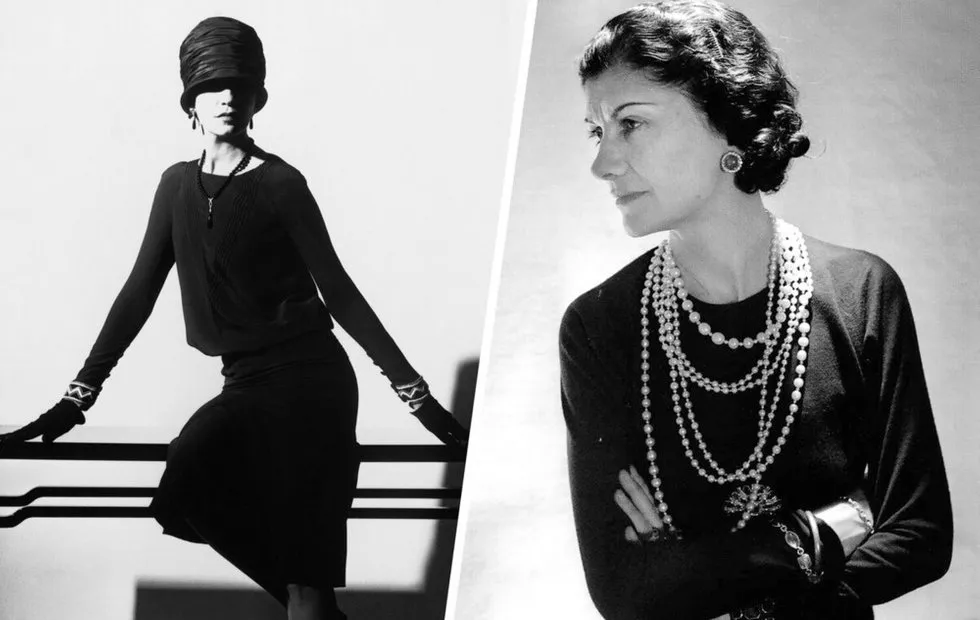 Secrets of Elegance: Coco Chanel's Lifestyle and Style Rules
Secrets of Elegance: Coco Chanel's Lifestyle and Style Rules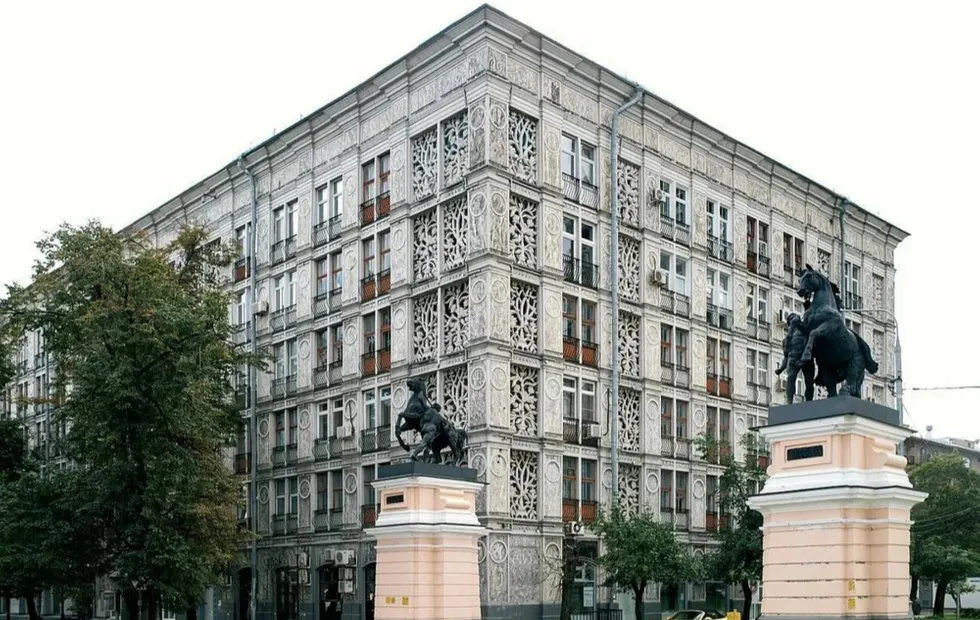 Ships and Towers: Most Unusual Houses of the 70s-80s
Ships and Towers: Most Unusual Houses of the 70s-80s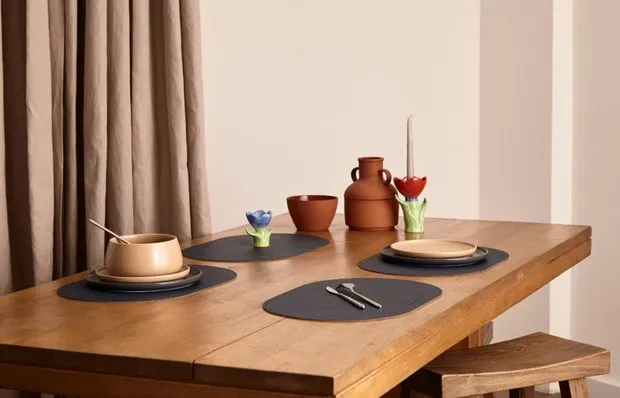 10 Trendy Finds That Will Inspire Coziness and Order
10 Trendy Finds That Will Inspire Coziness and Order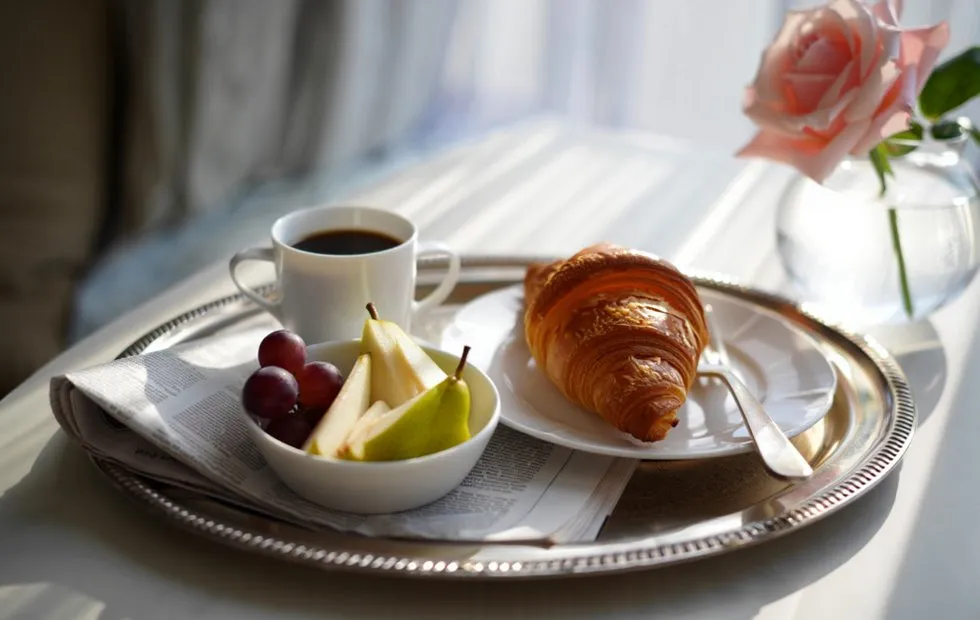 Chanel's Morning Ritual: Breakfast That Kept a Fashion Icon in Shape
Chanel's Morning Ritual: Breakfast That Kept a Fashion Icon in Shape Myth or Fact: Better Soundproofing in Stalin-era Apartments
Myth or Fact: Better Soundproofing in Stalin-era Apartments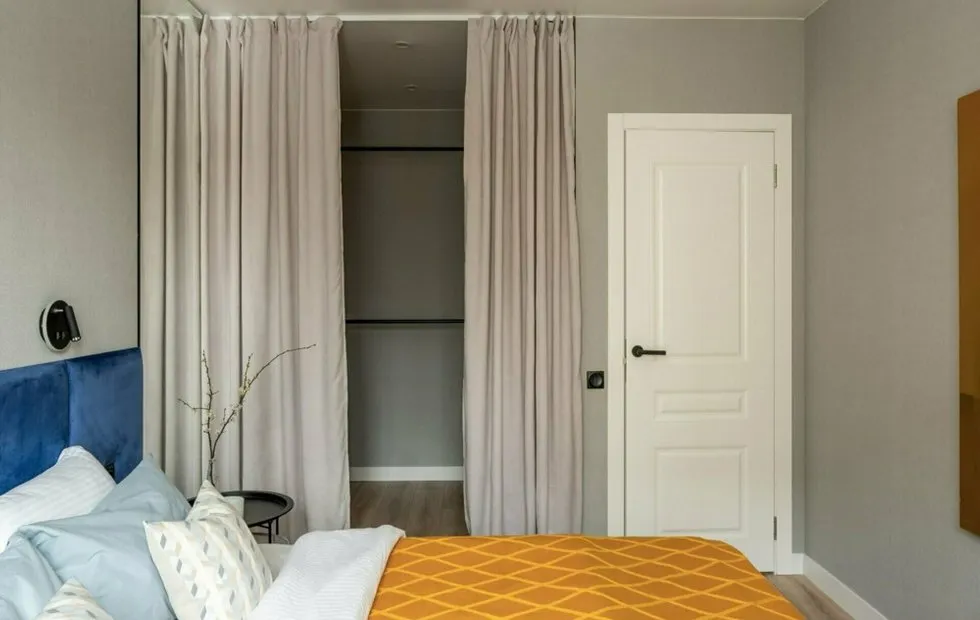 5 Genial Solutions of Khrushchev-era Layouts That Should Be Revived
5 Genial Solutions of Khrushchev-era Layouts That Should Be Revived What Marilyn Monroe Ate: The Diet of America's Most Desired Woman
What Marilyn Monroe Ate: The Diet of America's Most Desired Woman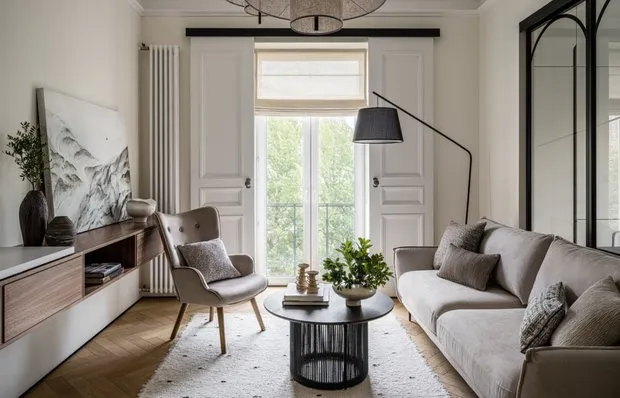 Trendy Lighting Fixtures That Will Change the Atmosphere of Your Home: 10 Finds
Trendy Lighting Fixtures That Will Change the Atmosphere of Your Home: 10 Finds